Non-violence is the article of faith
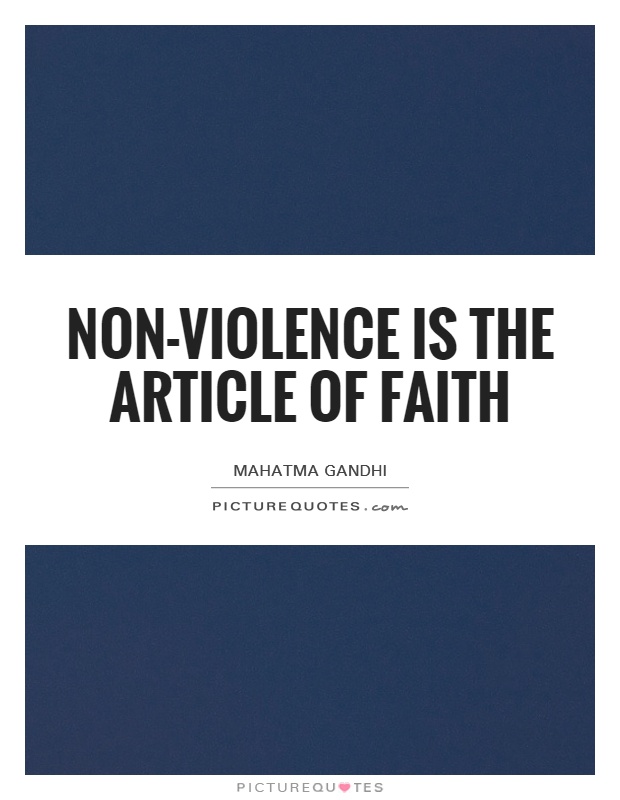
Non-violence is the article of faith
Mahatma Gandhi, also known as the Father of the Nation in India, was a firm believer in the principle of non-violence. He famously said, "Non-violence is the greatest force at the disposal of mankind. It is mightier than the mightiest weapon of destruction devised by the ingenuity of man." For Gandhi, non-violence was not just a strategy or a tactic, but an article of faith that guided his entire life and philosophy.Gandhi's commitment to non-violence was deeply rooted in his spiritual beliefs and his understanding of human nature. He believed that violence only begets more violence, and that true change can only come through peaceful means. He saw non-violence as a way to awaken the conscience of both the oppressor and the oppressed, and to create a more just and compassionate society.
Throughout his life, Gandhi practiced what he preached, leading numerous non-violent movements against British colonial rule in India. His most famous campaign, the Salt March in 1930, was a powerful demonstration of the power of non-violent resistance. By peacefully protesting the British salt tax, Gandhi inspired millions of Indians to join the struggle for independence.
Gandhi's commitment to non-violence also extended to his personal life. He believed in the power of love and forgiveness, and practiced non-violence in his interactions with others. He famously said, "An eye for an eye only ends up making the whole world blind." Gandhi's philosophy of non-violence was not just a political strategy, but a way of life that he lived every day.
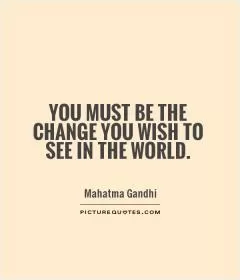

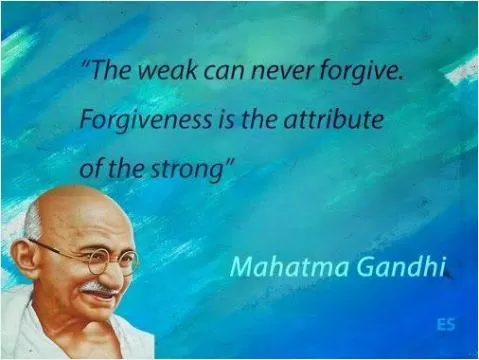
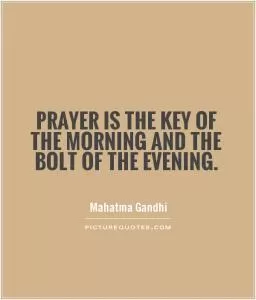

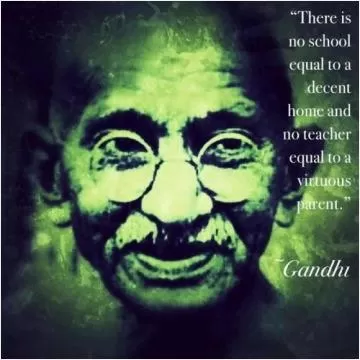
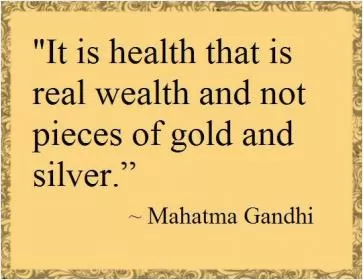
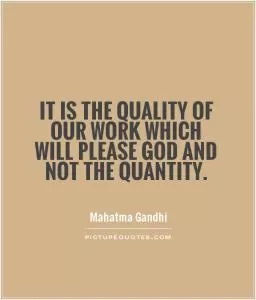
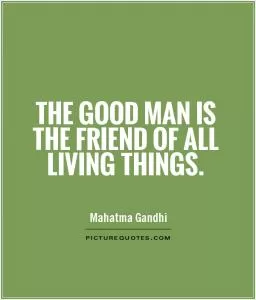
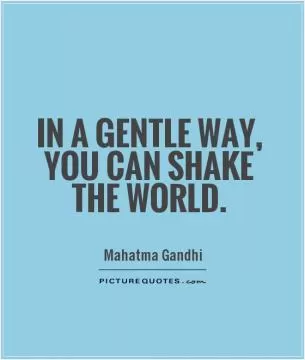
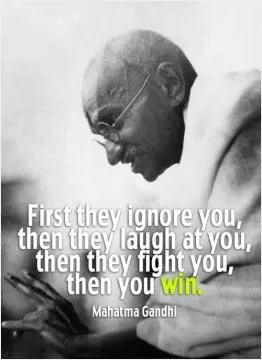
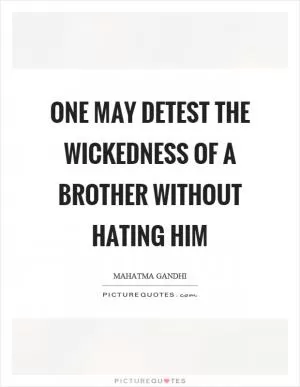
 Friendship Quotes
Friendship Quotes Love Quotes
Love Quotes Life Quotes
Life Quotes Funny Quotes
Funny Quotes Motivational Quotes
Motivational Quotes Inspirational Quotes
Inspirational Quotes